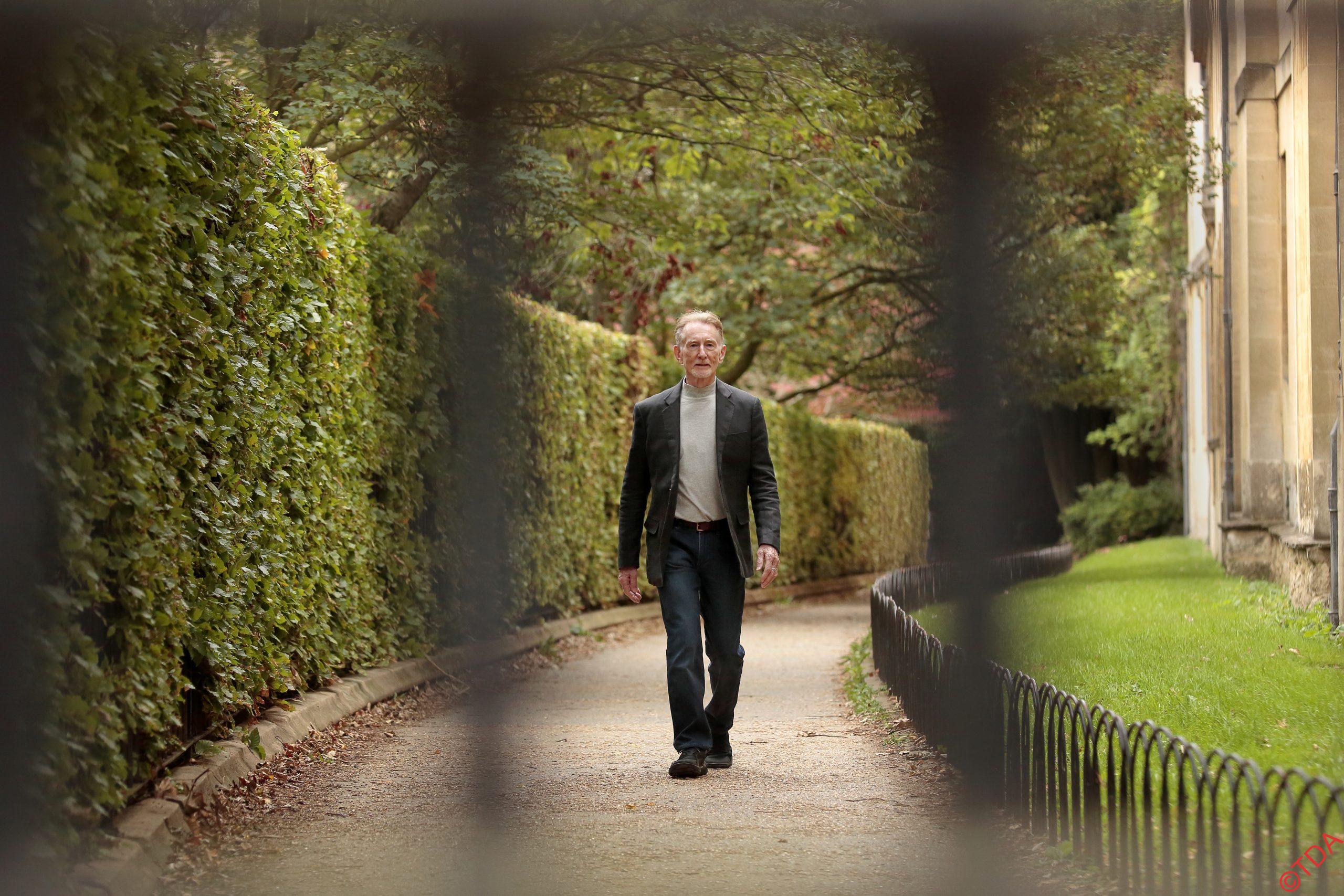
JUST PUBLISHED: Why trust in everyday organisations is collapsing — and what can fix it
Organisations shape almost every stage of our lives. They provide services, set standards and support daily routines. Modern society depends on them, and we rely on them more than we often realise.
Yet trust in organisations has fallen to a historic low. Studies show that 90% of CEOs believe customers trust their companies, while only 30% of customers agree. Most people cannot name a utility or service provider they genuinely trust.
Employee sentiment follows the same pattern. Worldwide, only 21% of employees feel engaged with the organisation that employs them. Data from the U.S, meanwhile, shows 79% of employees feeling disengaged, and in the UK the figure reaches 90%. Global averages sit at around 77%.
This collapse in trust and engagement raises a simple question: why do so many organisations fail to secure confidence from the people they serve and employ?
Research shows that organisations with high trust can outperform their peers by up to 400%. Even so, many companies struggle to meet expectations around honesty, integrity and ethical behaviour. Staff describe experiences that do not match the values promoted externally, and customers feel let down by promises that do not translate into practice.
A recurring issue lies in the widening gap between organisational rhetoric and organisational reality. Leaders speak about community, inclusivity, unity, safety and belonging. Employees often describe the opposite. Many report environments where discrimination, harassment, coercion and bullying remain unchallenged. These conditions take hold in organisations that fail to invest in the systems and leadership practices needed to keep people safe and supported.
Total Inclusivity offers a clear alternative. It means recognising, valuing, protecting and nurturing diverse identities across race, gender, sexual orientation, class, disability, age, religion and language. It means ensuring every individual feels valued and protected. It also means setting expectations that apply to everyone — from senior leaders to frontline staff.
Marketing cannot deliver Total Inclusivity. Community slogans cannot deliver it either. Organisations achieve it only when they demonstrate an unwavering commitment to equity, justice and the wellbeing of every person who works for them or interacts with them.
When these commitments slip, the consequences appear quickly. Complaints rise. Regulators intervene. Staff come forward. Investigations gather momentum. Newspapers report, leaders are sacked or issue apologies. Employers promise change. The cycle repeats when the underlying culture remains untouched.
Across many sectors, hundreds of allegations of workplace misconduct have surfaced in recent years. Employees have reported experiences that conflict with the values promoted by their organisations. They speak about cultures that feel unsafe, exclusionary or dismissive of concerns. One employee, interviewed about the prospects of change within her organisation, said:
“They have looked at what they can possibly do, in terms of what will sound promising enough, but not actually what will bring change. I don’t think they have any personal desire to make the change, I don’t think they care enough.”
When cultures function in this way, several outcomes follow: loss of trust, loss of engagement, loss of belonging and loss of commitment. People experience trauma, stress and harm. Customers turn away. Staff leave. Organisations drift into patterns of apology and review rather than meaningful reform.
The solution is simple to describe but difficult to deliver. Leaders must adopt Total Inclusivity as a core purpose. The aim is not only stronger performance but a healthier and safer environment for every person connected to the organisation. The organisation exists to do good, and its leaders must be able to prove that they are doing good.
This requires a clear three-step process.
1. Leaders first accept the reality of their organisation, including the uncomfortable parts. Every organisation contains forms of exclusion and toxicity, and acknowledging this fact is essential. Leaders then commission research to identify where problems sit and how they spread. This is demanding work because it requires openness, honesty and full transparency. It also requires every member of the organisation to think of themselves as part of a community with shared responsibilities.
2. Transformation begins once the problems are understood. Staff training, management development and leadership programmes follow. High-quality professional development takes time, sometimes years, and progress must be monitored throughout.
3. The final stage arrives when culture and behaviour align. Trust rises. Engagement increases. Staff and customers feel respected, valued and safe. Evidence of inclusivity becomes visible both in everyday interactions and in the systems that hold the organisation together. This marks the arrival of a Totally Inclusive organisation.
Public scrutiny is increasing, people are less willing to work for or buy from organisations that feel toxic, and many now reject environments that overlook misconduct or ignore concerns.
Leaders must adapt by investing in people and culture. And if that challenge feels insurmountable, then leadership should pass to someone prepared to meet it.

